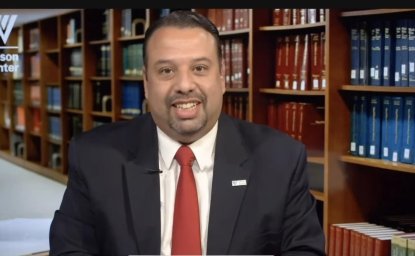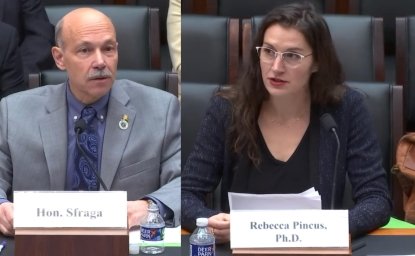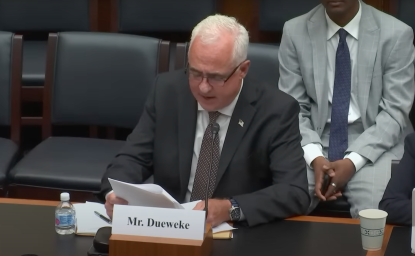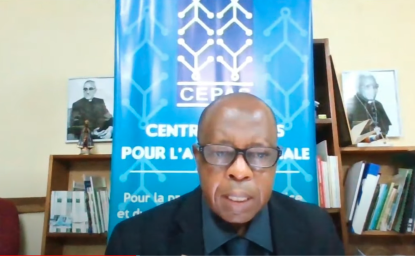Executive Summary
Congress has undergone many changes since World War II, most of which have had to do with adapting to the complexities of modern society and the commensurate growth in the Executive Branch bureaucracy and powers of the presidency. The first major post War reform efforts begun in 1945 and 1965 were premised on the belief that any institutional changes should be bicameral and bipartisan. Consequently, joint committees of equal party and chamber representation were formed to conduct a comprehensive study of the organization and operations of Congress with a view to strengthening it as part of our constitutional system of coequal and shared powers. Whereas the 1946 Legislative Reorganization Act dealt primarily with overhauling the House and Senate committee system by reducing the number of panels and increasing the resources available to them to legislate in the national interest, the 1970 Reorganization became more concerned with countering the inordinate powers of committee chairmen and broadening opportunities for more junior members. While the Act did not dismantle the seniority system of elevating the longest serving members to committee chairmanships, subsequent revisions on the rules of both parties’ caucuses, in both houses, did succeed in making committees more open, responsive and accountable to the parties’ memberships. Others attempts were made during the reform decade of the 1970s to realign committee jurisdictions along more rational and functional lines, but for the most part failed because of members’ entrenched relationships with the interests for which their committees legislated. The other factor driving change in the 1970s was the so-called “Imperial Presidency,” best epitomized by the Vietnam War and Watergate scandal that forced the retirements of President Lyndon B. Johnson and President Richard M. Nixon. Congress reacted to what it perceived as an overreaching executive by enacting a new congressional budget process and war powers resolution, establishing intelligence committees and abolishing emergency presidential powers. Moreover, Congress began televising its floor debates to counter the president’s command of the airwaves and public opinion, and provided for roll call votes on floor amendments that previously were only counted. The consequential proliferation of floor amendments, many of which were offered to score political points, prompted a crackdown on amendments which in turn created a backlash against majority tyranny. The reforms of the 1970s had led to greater party leadership involvement in the legislative process to fill the vacuum left by a diminished committee system. And both parties used the new system to advance their reelection efforts and non-ending quest to obtain and retain majority control of Congress. The lessons of the past six decades of reforms are mixed, with successes in initially opening the system to greater information access, staff support and member participation, but with the countervailing consequence of diminished deliberative lawmaking and a reduction in the influence of individual members on national policies.
*This document was originally titled, “A Brief History of Congressional Reform Efforts,” and was prepared by the author for the use of the Bipartisan Policy Center’s Commission on Political Reform, February 22, 2013. The findings and views expressed in this paper are solely those of the author and do not necessarily represent the views or opinions of the Bipartisan Policy Center, its founders, board of directors or projects, or of the Woodrow Wilson Center.
See Full Version Below.








